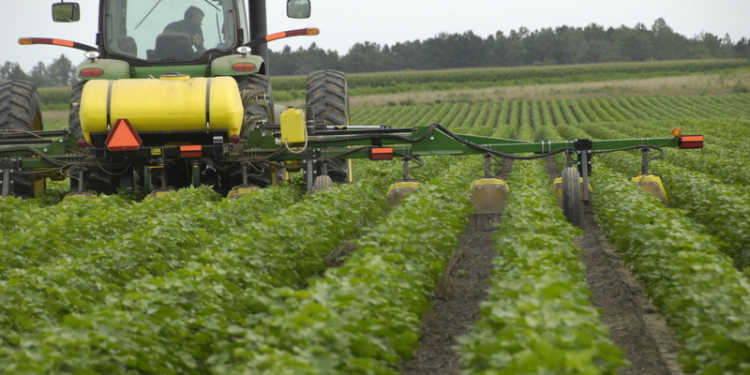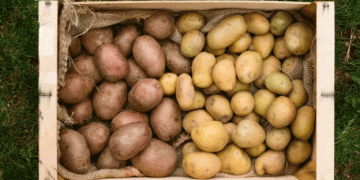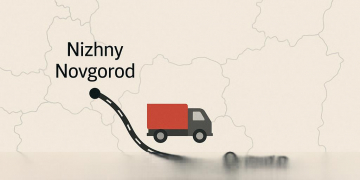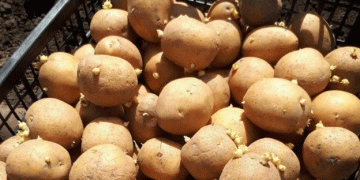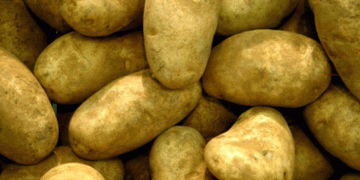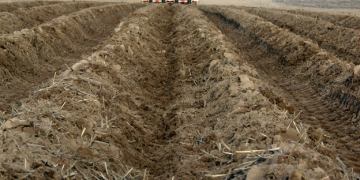Growing shortages of crop protection and sharply rising prices are signs of the next supply crisis.
Many problems that concern the fertilizer market, such as the supply of raw materials from China, interrupted supply chains and extremely high freight costs, also concern the manufacturers of pesticides – which are sometimes even the same as the fertilizer manufacturers.
The problem for farmers is: they will not have hardly any mineral fertilizers left in the next year, but they will also not be able to adequately control weeds, fungi and pests . A lack of glyphosate and other important crop protection products could make it difficult for farmers in Europe, the USA and Asia to implement the optimal strategy for their crops next spring.
US farmers are already facing a significant shortage of herbicides , including glyphosate , the most widely used herbicide in the US and around the world, reports Chemical & Engineering News (C&EN), a specialist online service.
Jeff Bunting, who heads the crop protection division of North American agricultural trader Growmark, told Chemical & Engineering News that his company has been struggling to get enough crop protection products for months. And there is no improvement in sight for the time being. In addition to delivery problems from China, Hurricane Ida also damaged a large facility owned by the German chemical company Bayer in Louisiana at the end of August . Glyphosate and other pesticides are produced there. This plant is already at full capacity again, says Buntin, but the industry is currently plagued by numerous other problems.

Repurchasing herbicides is often far too expensive
Bill Johnson, a Purdue University scientist, believes that glufosinate, another major herbicide, will have similar problems and will become scarcer over the next several weeks . Many imported and globally required agricultural chemical products do not arrive or arrive much too late due to shipping delays or massive supply chain problems.
The production of agrochemicals, which is already faltering, is being delayed further and further. The record-high transport costs also make the pesticides more expensive or mean that other more expensive products (with higher margins) are preferred to be transported.
Josh Cox is a farmer from the US state of Indiana. He grows corn, soybeans and wheat. Cox told C&E that he only got half the glyphosate he wanted for the next year, despite ordering months earlier than usual. In addition, the shortage is driving the prices of all other pesticides higher and higher. The farmer is therefore not at all sure whether he can even afford additional glyphosate if it should be available again.
Scientist Johnson therefore encourages farmers to take other routes. You are supposed to develop weed control plans that are not as reliant on herbicides . That could about the plowing of the soil include to weed physically remove or even more crops to plant, which suppress the weeds or hold short.
Scarcity will continue in 2022
Kansas State University scientists told Chemical & Engineering News that farmers also need to make the most of the herbicides they can get right now. She also favors the targeted control of weeds when they are small and easier to control. This can help farmers avoid a second application.

A recent survey by Purdue University found that most American farmers expect significantly higher prices for all crop protection products and other inputs over the next year. Farmer Cox also says, “It is not bad to reduce our dependence on herbicides, sometimes it drives the need for new invention.” For example, catch crops are being grown more and more frequently in the USA in order to displace weeds and suppress their emergence before spring planting. However, the herbicide shortage is unlikely to improve in 2022.
“This will probably not change again until the harvest year 2023,” says Mike King, Executive Vice President of the US crop protection retailer Atticus, opposite the online portal Successful Farming. The shortage caused Atticus to book most of its product inventory required for 2022 a few months earlier than usual. But that didn’t work very well.
